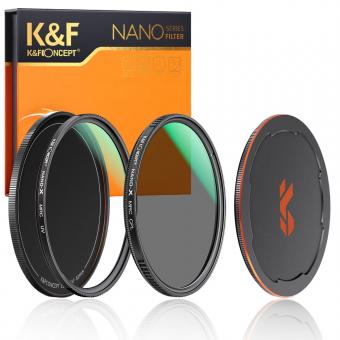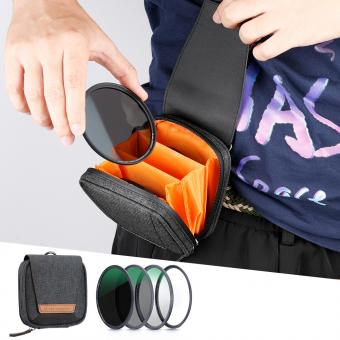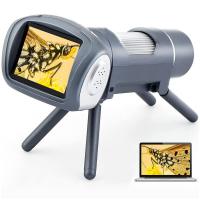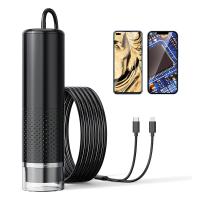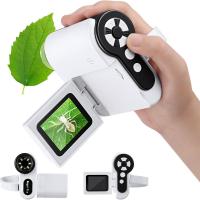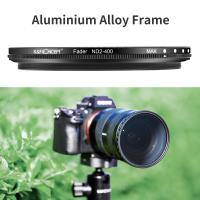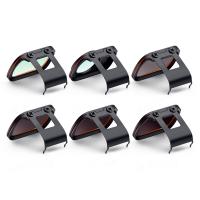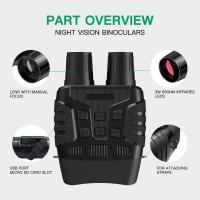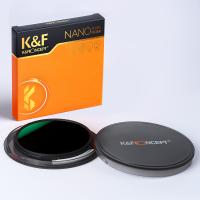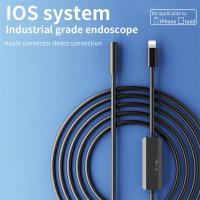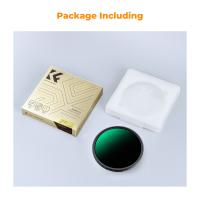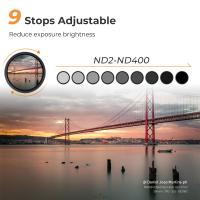How Do Uv Work In Filter In Aquarium ?
UV filters in aquariums work by using ultraviolet (UV) light to kill or deactivate harmful microorganisms, such as bacteria, viruses, and parasites, that can be present in the water. The UV filter consists of a UV lamp enclosed in a protective quartz sleeve, which is submerged in the water flow. As water passes through the filter, it is exposed to the UV light emitted by the lamp.
The UV light damages the DNA or RNA of the microorganisms, preventing them from reproducing and causing diseases in the aquarium. This helps to maintain a clean and healthy environment for the fish and other aquatic organisms. UV filters are particularly effective in controlling common aquarium problems like green water caused by excessive algae growth.
It is important to note that UV filters should be used in conjunction with other filtration methods, such as mechanical and biological filtration, to ensure optimal water quality. Additionally, the UV lamp should be replaced periodically according to the manufacturer's instructions to maintain its effectiveness.
1、 UV Sterilization: Mechanism of action in aquarium water treatment.
UV sterilization is a commonly used method in aquarium water treatment to eliminate harmful microorganisms and maintain water clarity. The mechanism of action of UV sterilization involves the use of ultraviolet (UV) light to disrupt the DNA of microorganisms, rendering them unable to reproduce and causing their death.
UV sterilizers consist of a UV lamp enclosed in a quartz sleeve, which is submerged in the aquarium water. As water passes through the sterilizer, it is exposed to the UV light emitted by the lamp. The UV light has a specific wavelength, typically around 254 nanometers, which is lethal to many types of microorganisms, including bacteria, viruses, and algae.
The UV light penetrates the cells of these microorganisms and damages their DNA. This disrupts their ability to replicate and leads to their eventual death. UV sterilization is particularly effective against free-floating microorganisms that are carried by the water flow, as they are more likely to come into contact with the UV light.
In recent years, there have been advancements in UV sterilization technology that have improved its effectiveness and efficiency. For example, some UV sterilizers now incorporate reflective materials or baffles to increase the exposure of microorganisms to the UV light. Additionally, the use of high-output UV lamps and optimized flow rates can enhance the sterilization process.
It is important to note that UV sterilization is not a complete solution for all aquarium water issues. It primarily targets microorganisms and does not remove other contaminants such as dissolved organic compounds or heavy metals. Therefore, it should be used in conjunction with other filtration methods, such as mechanical and biological filtration, to ensure comprehensive water treatment.
In conclusion, UV sterilization in aquariums works by exposing water to UV light, which damages the DNA of microorganisms and prevents their reproduction. Advancements in technology have improved the efficiency of UV sterilizers, but it should be used alongside other filtration methods for optimal water treatment.
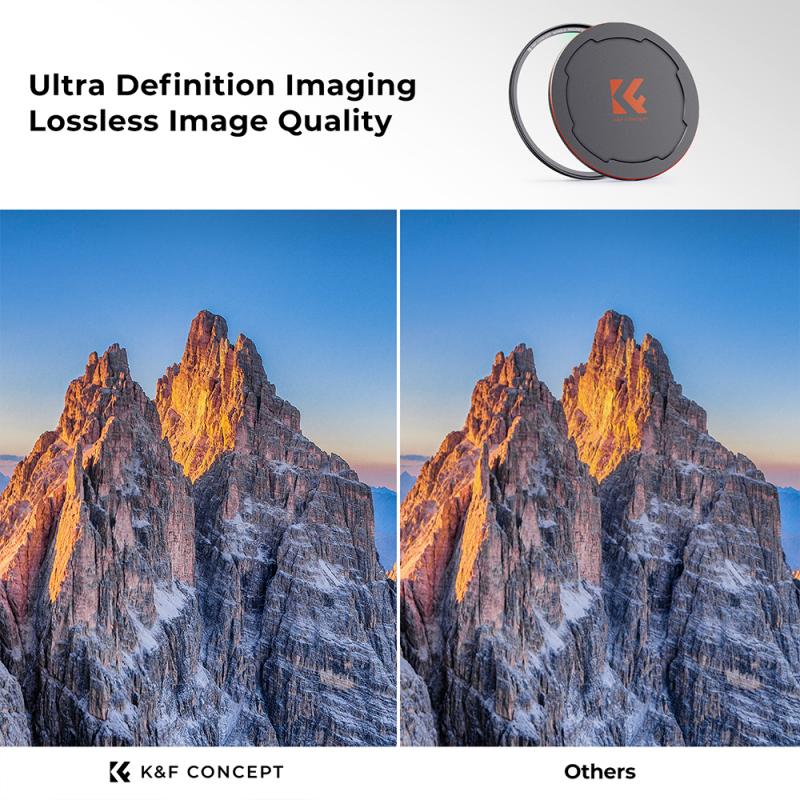
2、 Pathogen Control: Eliminating harmful microorganisms using UV filtration in aquariums.
UV filtration in aquariums works by using ultraviolet light to eliminate harmful microorganisms, including pathogens. UV filters are designed to emit a specific wavelength of ultraviolet light, typically around 254 nanometers, which is lethal to many microorganisms.
When water passes through the UV filter, any microorganisms present in the water are exposed to the UV light. The UV light damages the DNA and RNA of these microorganisms, preventing them from reproducing and ultimately killing them. This helps to maintain a healthy and disease-free environment for the aquarium inhabitants.
UV filtration is particularly effective in controlling pathogens in aquariums. Pathogens are disease-causing microorganisms that can harm the fish and other aquatic organisms in the aquarium. By eliminating these pathogens, UV filtration helps to prevent the spread of diseases and reduces the risk of illness among the aquarium inhabitants.
It is important to note that UV filtration should not be relied upon as the sole method of pathogen control in aquariums. It should be used in conjunction with other filtration methods, such as mechanical and biological filtration, to ensure optimal water quality. Additionally, regular maintenance and proper cleaning of the UV filter are essential to maintain its effectiveness.
In recent years, there have been advancements in UV filtration technology, such as the development of more efficient UV bulbs and improved UV filter designs. These advancements have made UV filtration more effective and energy-efficient. Additionally, some UV filters now come with built-in features, such as automatic shut-off mechanisms and UV intensity monitors, to ensure optimal performance.
Overall, UV filtration is an important tool in maintaining a healthy and disease-free aquarium environment. It helps to control pathogens and reduce the risk of illness among the aquarium inhabitants.
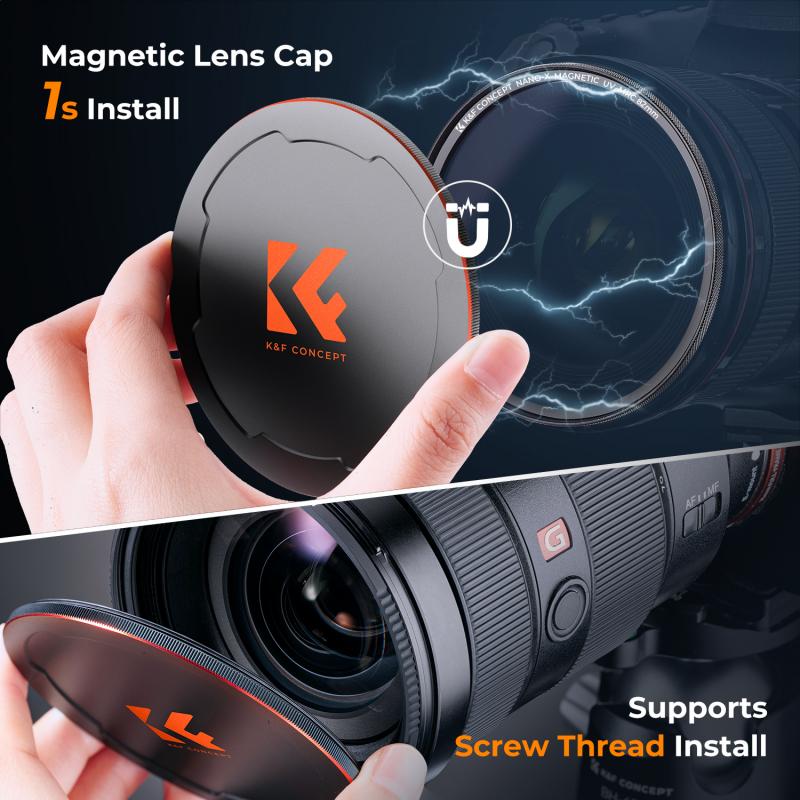
3、 Algae Prevention: UV filters' role in reducing algae growth in aquariums.
UV filters play a crucial role in reducing algae growth in aquariums. Algae is a common problem in aquariums, and it can quickly take over the tank, causing water quality issues and harming the health of the fish and other aquatic organisms. UV filters, also known as ultraviolet sterilizers, use ultraviolet light to kill or inhibit the growth of algae and other microorganisms in the water.
The way UV filters work is by exposing the water to ultraviolet light, which damages the DNA of algae cells, preventing them from reproducing. This process effectively reduces the population of algae in the aquarium, leading to clearer and healthier water. UV filters are particularly effective against free-floating algae, such as green water algae, which can cause the water to become cloudy.
In addition to algae prevention, UV filters also help in controlling the spread of diseases in the aquarium. The ultraviolet light can kill or deactivate harmful bacteria, viruses, and parasites that may be present in the water, reducing the risk of infections among the aquatic inhabitants.
It is important to note that while UV filters are effective in reducing algae growth, they are not a standalone solution. Proper aquarium maintenance, including regular water changes, cleaning of filters, and maintaining appropriate nutrient levels, is still necessary to prevent excessive algae growth. Additionally, it is essential to ensure that the UV filter is properly sized for the aquarium and that the water flow rate through the filter is appropriate for optimal effectiveness.
In recent years, there has been a growing interest in the use of natural methods, such as live plants and algae-eating fish, to control algae growth in aquariums. While these methods can be effective, UV filters remain a popular and reliable tool for algae prevention, especially in larger aquariums or in cases where natural methods alone may not be sufficient.
Overall, UV filters are an important component of aquarium filtration systems, providing an effective means of reducing algae growth and maintaining a healthy aquatic environment.
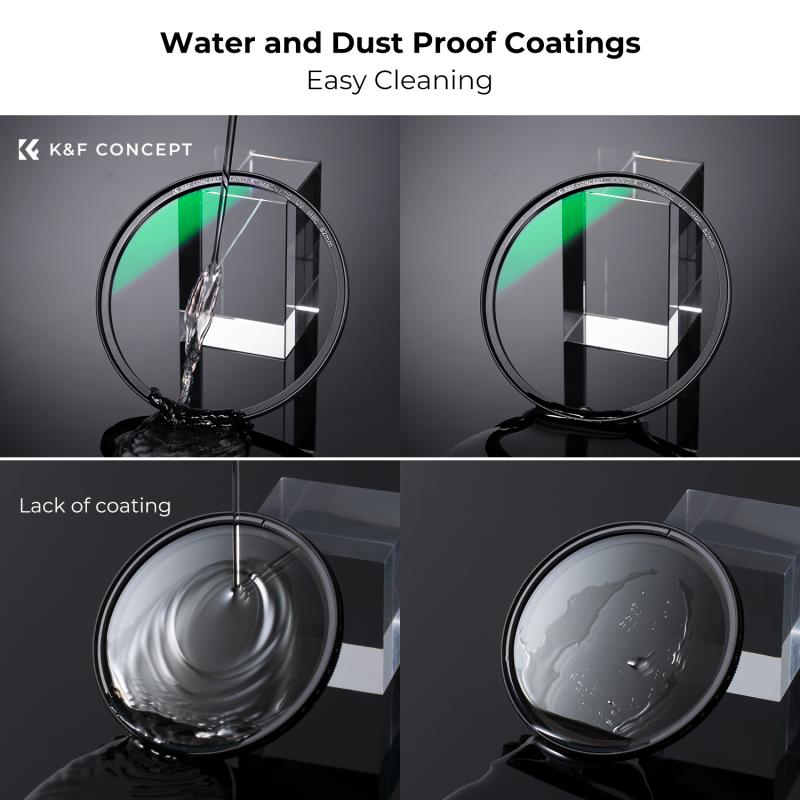
4、 Water Clarity: Improving water clarity through UV filtration in aquarium setups.
UV filtration in aquariums is a popular method used to improve water clarity and maintain a healthy aquatic environment. UV, or ultraviolet, light works by killing or neutralizing harmful microorganisms, such as bacteria, viruses, and algae, that can cause water cloudiness and various health issues for fish and other aquatic organisms.
The process of UV filtration involves passing water through a chamber that contains a UV lamp. As water flows through the chamber, it is exposed to the UV light, which damages the DNA of microorganisms, rendering them unable to reproduce or cause harm. The treated water is then returned to the aquarium, resulting in clearer and cleaner water.
UV filtration is particularly effective in controlling algae blooms, which can quickly turn aquarium water green and reduce oxygen levels. By eliminating algae and other microorganisms, UV filters help prevent the growth of harmful bacteria and maintain a balanced ecosystem within the aquarium.
In recent years, there have been advancements in UV filtration technology that have made it more efficient and user-friendly. Some modern UV filters feature built-in sensors that monitor the intensity of the UV light and adjust it accordingly, ensuring optimal performance. Additionally, there are now UV filters available in compact sizes, making them suitable for a wide range of aquarium setups.
It is important to note that while UV filtration can greatly improve water clarity, it should not be solely relied upon as the sole method of filtration in an aquarium. UV filters are most effective when used in conjunction with other filtration systems, such as mechanical and biological filters, to ensure comprehensive water purification.
In conclusion, UV filtration plays a crucial role in maintaining water clarity and promoting a healthy aquatic environment in aquariums. With advancements in technology, UV filters have become more efficient and convenient to use, making them a valuable tool for aquarium enthusiasts.





